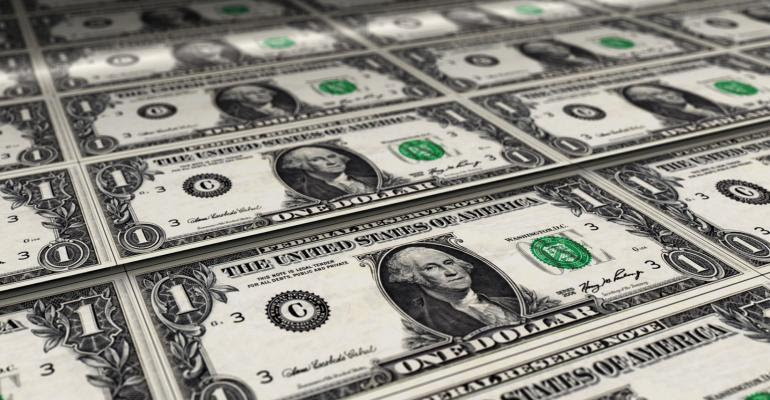The U.S. currency remained stable Thursday, July 28, against major currencies in the wake of a rate hike by the U.S. Federal Reserve (Fed) already anticipated by the markets. Still, the yen strengthened, driven by an appetite for risk.
The dollar index, which compares the greenback to major currencies, slipped 0.09% to 106.36 points around 20:00 GMT. Against the euro, it was up 0.15% to $1.0185 per euro.
Following the announcement of the Fed on Wednesday, July 27, the dollar had floundered against the euro, while the Fed’s rate hike of 75 percentage points was largely already taken into account by the market.
However, Fed Chairman Jerome Powell hinted that “at some point, it will be appropriate to slow down” the move.
U.S. second-quarter GDP data released Thursday, July 28, were poor, showing a contraction of 0.9% from April to June, the second quarterly decline in a row. But they hope that the slowdown will be moderate and that the Fed will be less strict in its monetary policy.
Asked at a press conference about the strength of the dollar and its impact on emerging markets, U.S. Treasury Secretary Janet Yellen acknowledged the “significant appreciation of the dollar,” which can “create pressures in other parts of the world” and, along with higher food and energy prices, “create real burdens (…) for the lowest-income countries”.
For Brad Bechtel, of Jefferies, this admission “did not point much to a change in policy to help on this point,” but Mrs. Yellen “expressed her sympathy”.
The Japanese currency, the yen, also showed strength against the euro as the greenback. It traded 134.32 yen to the dollar, up 1.68% and 1.83% against the euro.
“There has been a lot of buying of yen; it seems to be a feeling of the risk appetite of the market in the wake of the rise of stocks,” explained Brad Bechtel.



Comment here